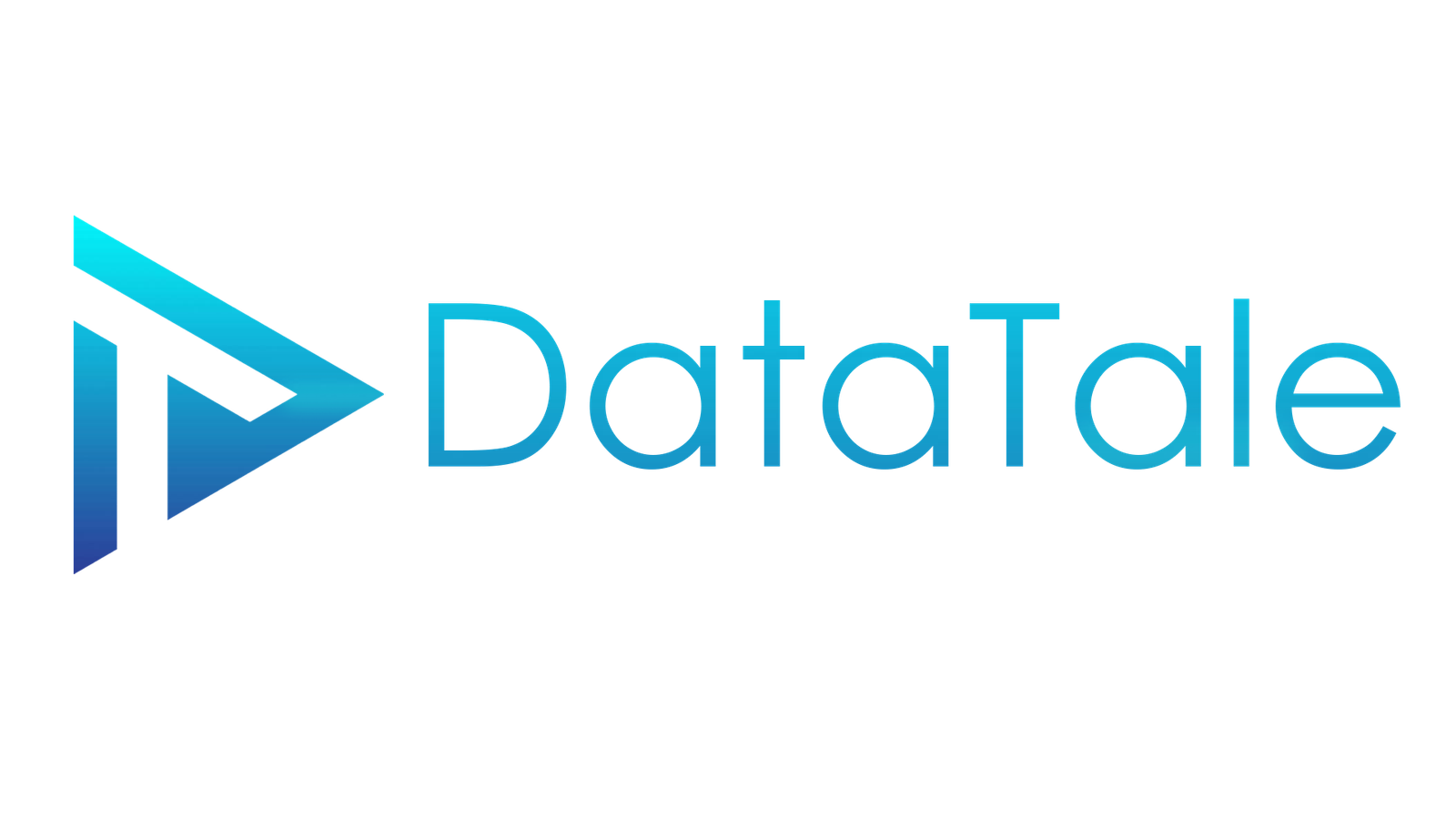Phone:
(647) 832-1316
In the fast-paced world of global commerce, supply chain optimization is critical for businesses to maintain competitiveness and meet customer demands efficiently. Traditional supply chain management approaches often rely on reactive strategies, leading to inefficiencies, disruptions, and increased costs. However, with the advent of predictive analytics, businesses now have the capability to proactively anticipate and address supply chain challenges before they occur. In this blog, we delve into the realm of predictive analytics for supply chain optimization, exploring its benefits, and applications.
Understanding Predictive Analytics in Supply Chain Management
Predictive analytics involves the use of statistical algorithms and machine learning techniques to analyze historical data and forecast future trends, enabling businesses to make informed decisions and mitigate risks. In the context of supply chain management, predictive analytics leverages data from various sources such as sales, inventory levels, weather patterns, and transportation routes to anticipate demand, optimize inventory levels, streamline logistics, and enhance overall operational efficiency.
Benefits of Predictive Analytics for Supply Chain Optimization
- Improved Demand Forecasting: By analyzing historical sales data, market trends, and external factors, predictive analytics enables businesses to generate accurate demand forecasts, reducing the likelihood of stock-outs or excess inventory. This not only improves inventory management but also enhances customer satisfaction by ensuring product availability.
- Enhanced Inventory Optimization: Predictive analytics algorithms can identify patterns and correlations in inventory data, allowing businesses to optimize inventory levels and distribution across their supply chain network. This leads to reduced carrying costs, minimized obsolescence, and improved working capital management.
- Optimized Transportation Management: With real-time tracking, route optimization, and predictive analytics, businesses can enhance visibility and efficiency in transportation operations. Predictive analytics algorithms can anticipate potential disruptions, such as traffic congestion or weather events, enabling proactive adjustments to routes and schedules to minimize delays and reduce transportation costs.
- Proactive Risk Mitigation: Predictive analytics enables businesses to identify and mitigate supply chain risks before they escalate into major disruptions. By analyzing supplier performance, financial health, and geopolitical factors, businesses can proactively manage supplier relationships, diversify their supplier base, and secure alternative supply sources to ensure resilience against potential disruptions.
Applications of Predictive Analytics in Supply Chain Optimization
- Demand Forecasting: Retailers can leverage predictive analytics to forecast demand for seasonal products, promotional campaigns, or new product launches accurately. By understanding demand patterns and customer behavior, retailers can optimize inventory levels and adjust pricing and promotional strategies to maximize sales and profitability.
- Inventory Management: Manufacturers and distributors can use predictive analytics to optimize inventory levels based on factors such as lead times, demand variability, and supplier reliability. By maintaining the right balance between supply and demand, businesses can minimize stock-outs, reduce excess inventory, and improve inventory turnover rates.
- Transportation Optimization: Logistics companies can harness predictive analytics to optimize transportation routes, schedules, and vehicle utilization. By analyzing historical transportation data, traffic patterns, and weather forecasts, logistics companies can optimize delivery routes, reduce fuel consumption, and improve on-time delivery performance.
- Supplier Risk Management: Organizations can employ predictive analytics to assess supplier risk and proactively mitigate potential disruptions in the supply chain. By monitoring supplier performance metrics, financial indicators, and external factors such as geopolitical events or natural disasters, businesses can identify high-risk suppliers and develop contingency plans to ensure continuity of supply.
Conclusion
Predictive analytics represents a powerful tool for supply chain optimization, enabling businesses to anticipate demand, optimize inventory levels, streamline logistics, and mitigate risks proactively. By harnessing the insights derived from predictive analytics, businesses can enhance operational efficiency, improve customer satisfaction, and maintain competitiveness in today’s dynamic marketplace. As the technology continues to evolve, organizations that embrace predictive analytics will gain a strategic advantage in optimizing their supply chain operations and driving business growth.

